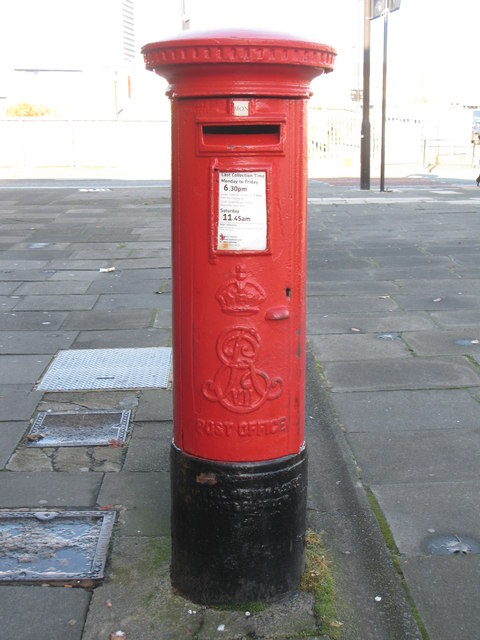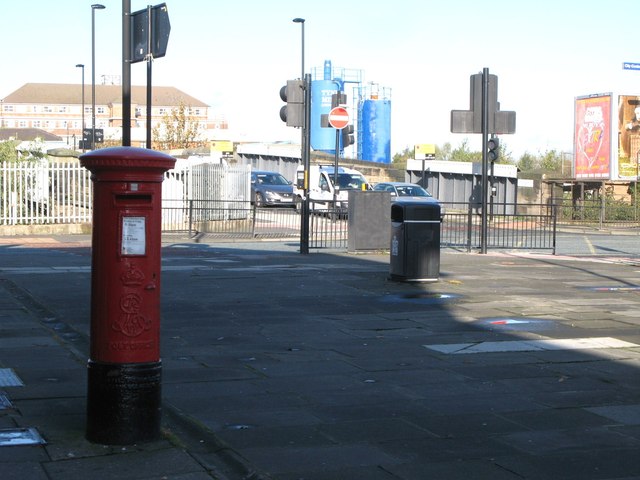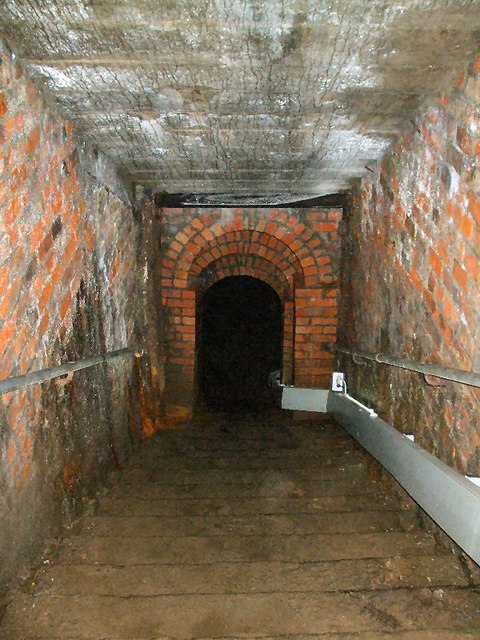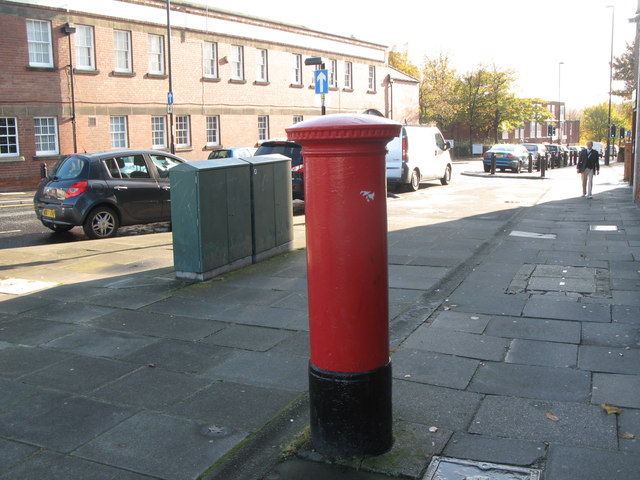Topics > Tees Valley > Billingham > Billingham Parish, 1848
Billingham Parish, 1848
BILLINGHAM (St. Cuthbert), a parish, in the union of Stockton-Upon-Tees, N.E. division of Stockton ward, S. division of the county of Durham; comprising the townships of Cowpen-Bewley and Newton-Bewley, and the chapelry of Wolviston; and containing 1,653 inhabitants, of whom 782 are in the township of Billingham, 2½ miles (N.N.E.) from Stockton. This place is distinguished as the scene of a battle fought in the time of Eardulph, King of Northumbria. It was given to the convent of Durham by William the Conqueror, upon a scrap of parchment which is preserved among the muniments there, and which is not so large as the space occupied by this notice. The parish comprises 5,409a. 2r. 25p.: it is bounded on the south and east by the river Tees; and the road from Stockton to Sunderland passes through the village. The Clarence railway commences at Port Clarence, about three miles distant eastward, near Haverton Hill, north of the river Tees, in the parish, where shipping staiths have been erected; and pursues a course nearly east till it joins the Stockton and Darlington railway at Sim Pasture, in the parish of Heighington. The Stockton and Hartlepool railway quits the Clarence railway here by a gentle curve, and proceeds in a north-eastern direction. The Living is a vicarage, valued in the king's books at £11. 3. 1½.; patrons, the Dean and Chapter of Durham. The great tithes have been commuted for £810. 18., and the vicarial tithes for £132. 11.; there are also about 110 acres of glebe appurtenant to the vicarage. The original church, of which little remains, is supposed to have been built by Egbrid, Bishop of Lindisfarn, about the year 830, and to have been given by him to the church of St. Cuthbert, Durham; the present edifice is very ancient, with pointed arches, and a lofty Norman tower. The chapel of Wolviston forms a separate incumbency. There is a place of worship for Methodists.
Extract from: A Topographical Dictionary of England comprising the several counties, cities, boroughs, corporate and market towns, parishes, and townships..... 7th Edition, by Samuel Lewis, London, 1848.

Co-Curate Page
Wolviston, 1848
- WOLVISTON, a chapelry, in the parish of Billingham, union of Stockton, N.E. division of Stockton ward, S. division of Durham county, 4½ miles (N. by E.) from Stockton, on the …
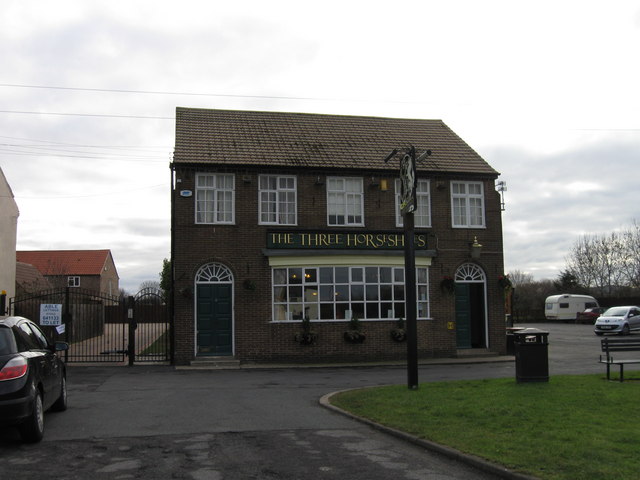
Co-Curate Page
Cowpen Bewley
- COWPEN-BEWLEY, a township, in the parish of Billingham, union of Stockton-Upon-Tees, N.E. division of Stockton ward, S. division of the county of Durham, 4½ miles (N.E. by N.) from Stockton; …
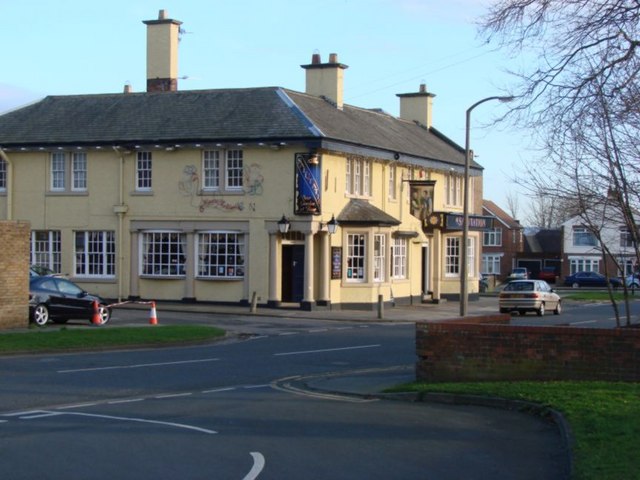
Co-Curate Page
Billingham
- Overview About Billingham Map Billingham is a town in Teesside in the unitary authority of Stockton-on-Tees and in the ceremonial county of County Durham. Billingham existed as a separate village, thought to be founded …
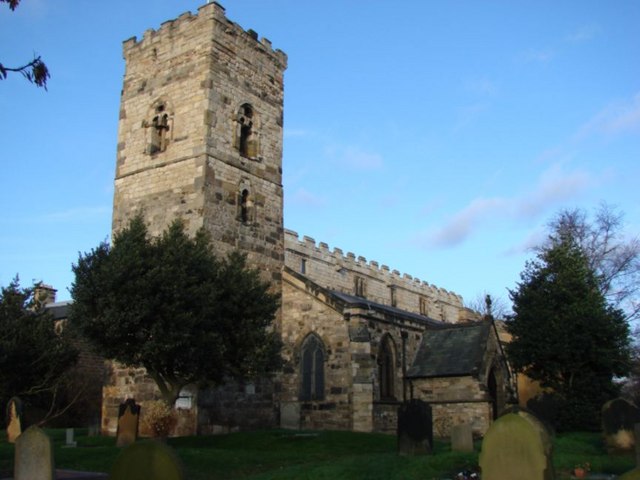
Co-Curate Page
St Cuthbert's Church, Billingham
- Overview Map St Cuthbert’s church is located on the west side of the green at the centre of old Billingham in the borough of Stockton-on-Tees. The church's history goes back to the 9th …


Co-Curate Page
Wolviston, 1848
- WOLVISTON, a chapelry, in the parish of Billingham, union of Stockton, N.E. division of Stockton ward, S. division of Durham county, 4½ miles (N. by E.) from Stockton, on the …

Co-Curate Page
Cowpen Bewley
- COWPEN-BEWLEY, a township, in the parish of Billingham, union of Stockton-Upon-Tees, N.E. division of Stockton ward, S. division of the county of Durham, 4½ miles (N.E. by N.) from Stockton; …

Co-Curate Page
Billingham
- Overview About Billingham Map Billingham is a town in Teesside in the unitary authority of Stockton-on-Tees and in the ceremonial county of County Durham. Billingham existed as a separate village, thought to be founded …



